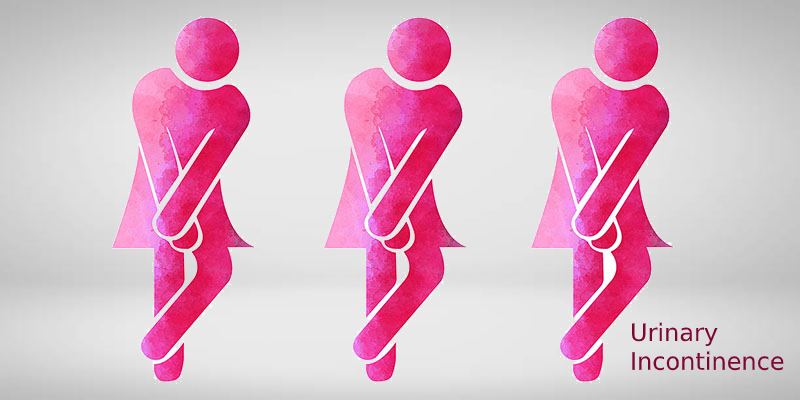Residual cancer refers to the small number of cancer cells that may survive treatment and remain undetectable by standard imaging techniques
A recent study highlights a concerning issue with current cancer treatment protocols: residual cancer, or microscopic cancer cells left behind after treatment, can remain undetected in scans and contribute to poorer long-term outcomes. Although radiotherapy, including a highly precise form known as stereotactic ablative radiotherapy (SABR), is a key treatment for various cancers, it may not eliminate all cancer cells, even when scans show no visible signs of the disease.
Researchers from the University of Chicago Medical Center argue that relying solely on imaging to assess the success of cancer treatments may provide an incomplete and sometimes misleading picture. In their editorial published in Oncotarget, the team emphasized that residual cancer is more common than previously thought and is linked to higher rates of recurrence and shorter survival.
Residual cancer refers to the small number of cancer cells that may survive treatment and remain undetectable by standard imaging techniques. These hidden cells can later cause the cancer to return or spread to other parts of the body. According to Dr. Muzamil Arshad, who led the study, residual cancer is found in 40% of lung cancer cases, 57-69% of renal cell carcinoma, and between 7.7% and 47.6% of prostate cancer cases. In the case of liver cancer, residual disease can be detected in up to 86.7% of cases.
SABR, which delivers high-dose radiation with remarkable precision, is particularly effective for tumors in the lung, liver, and prostate. While this treatment often produces excellent results on scans, the study points out that scans can miss smaller clusters of cancer cells that remain after therapy. Follow-up biopsies, performed months or even years later, often reveal cancer cells that scans failed to detect.
This discrepancy between what imaging shows and what tissue analysis uncovers has serious implications. Studies have shown that patients with residual disease, even at microscopic levels, are more likely to experience a recurrence of their cancer and have reduced survival rates. This is true across a range of cancer types, including rectal, cervical, prostate, and liver cancers.
The researchers urge a shift in how treatment success is evaluated. They argue that a complete response on a scan should not be considered definitive proof that the cancer has been fully eradicated. This mismatch can lead both clinicians and patients to mistakenly believe that the treatment has been more successful than it truly was, potentially delaying further interventions or follow-up care.
The study suggests that more frequent use of biopsy-based tests and the development of new strategies to enhance the accuracy of cancer treatments could help identify residual disease and improve patient outcomes. The researchers call for a rethinking of cancer follow-up protocols, emphasizing that complete tumor destruction is essential for long-term survival and to prevent the spread of cancer to distant organs.
In light of these findings, experts are advocating for more comprehensive approaches to monitoring and treating cancer, ensuring that even microscopic traces of the disease are accounted for in the pursuit of lasting remission.









